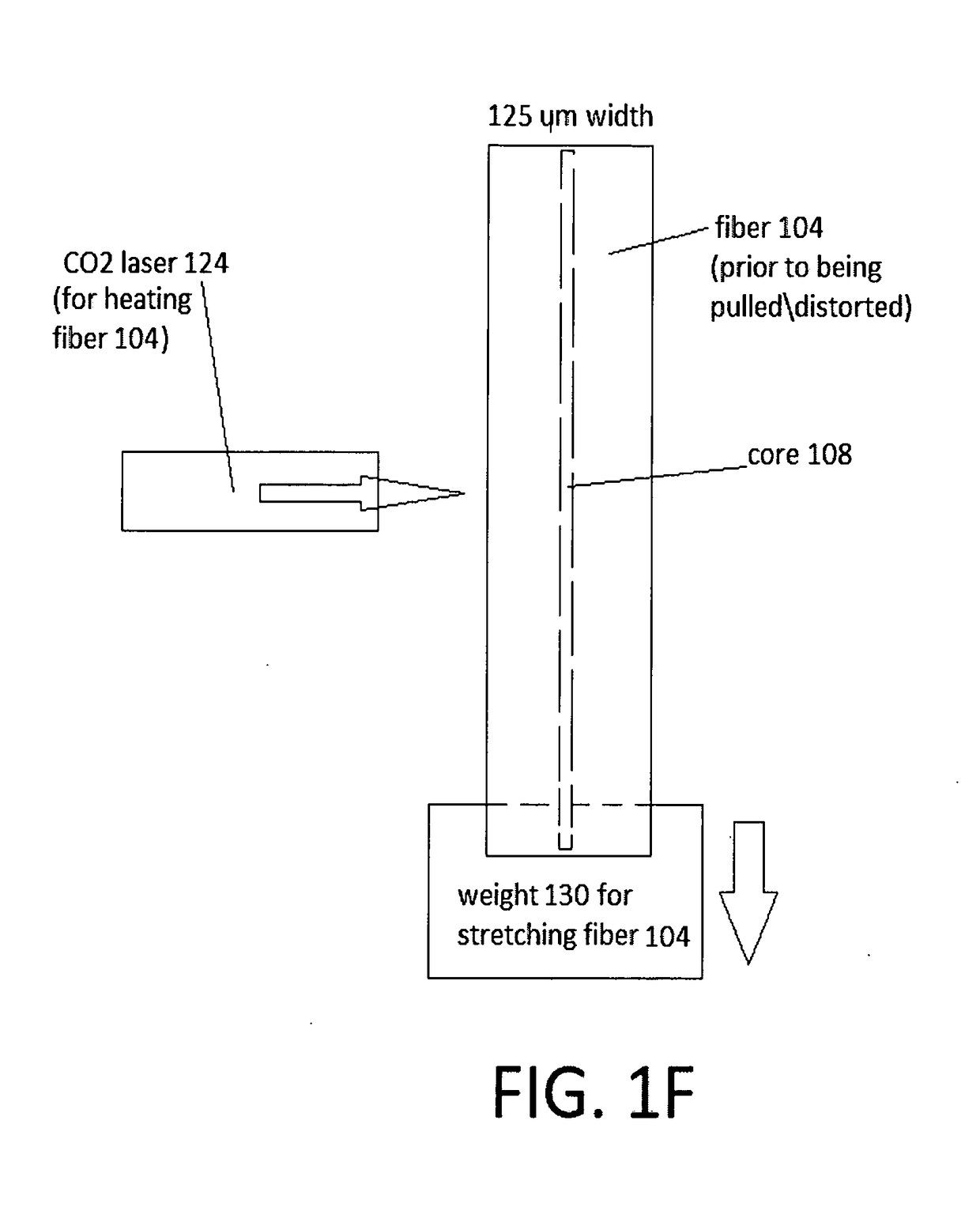Nanopositioner and method of making
a technology of nano-positioners and cylinders, applied in glass making apparatuses, manufacturing tools, instruments, etc., can solve the problems of long photon storage lifetime, low mode volume, and difficult integration of devices into miniaturized microspheres or lab-on-chip systems
- Summary
- Abstract
- Description
- Claims
- Application Information
AI Technical Summary
Benefits of technology
Problems solved by technology
Method used
Image
Examples
Embodiment Construction
[0025]This description will discuss at least asymmetry and heating effects, method of fabrication, tunable thermo-mechanical coupling characterizations, advantages and potential usages, as well as other features and embodiments.
[0026]The effects of laser energy deposition and laser damage on imperfect / deformed dielectric surfaces has been thoroughly examined for decades. The aforementioned research suggests that these imperfections—such as nanometer to micrometer-scale cracks or spherical pores—can alter the amount of energy deposited at the laser-dielectric interaction boundary. Rigorous experimentation shows that the deformation of the fiber and geometry of an asymmetric stem invoke local surface conditions that induce scattering of the light within the stem, resulting in uneven energy deposition throughout the silica, localized heating, and thermal expansion, all of which is desired. The net thermal expansion manifests as a linear displacement of a microsphere such that, when pla...
PUM
| Property | Measurement | Unit |
|---|---|---|
| Length | aaaaa | aaaaa |
| Fraction | aaaaa | aaaaa |
| Fraction | aaaaa | aaaaa |
Abstract
Description
Claims
Application Information
 Login to View More
Login to View More - R&D
- Intellectual Property
- Life Sciences
- Materials
- Tech Scout
- Unparalleled Data Quality
- Higher Quality Content
- 60% Fewer Hallucinations
Browse by: Latest US Patents, China's latest patents, Technical Efficacy Thesaurus, Application Domain, Technology Topic, Popular Technical Reports.
© 2025 PatSnap. All rights reserved.Legal|Privacy policy|Modern Slavery Act Transparency Statement|Sitemap|About US| Contact US: help@patsnap.com



